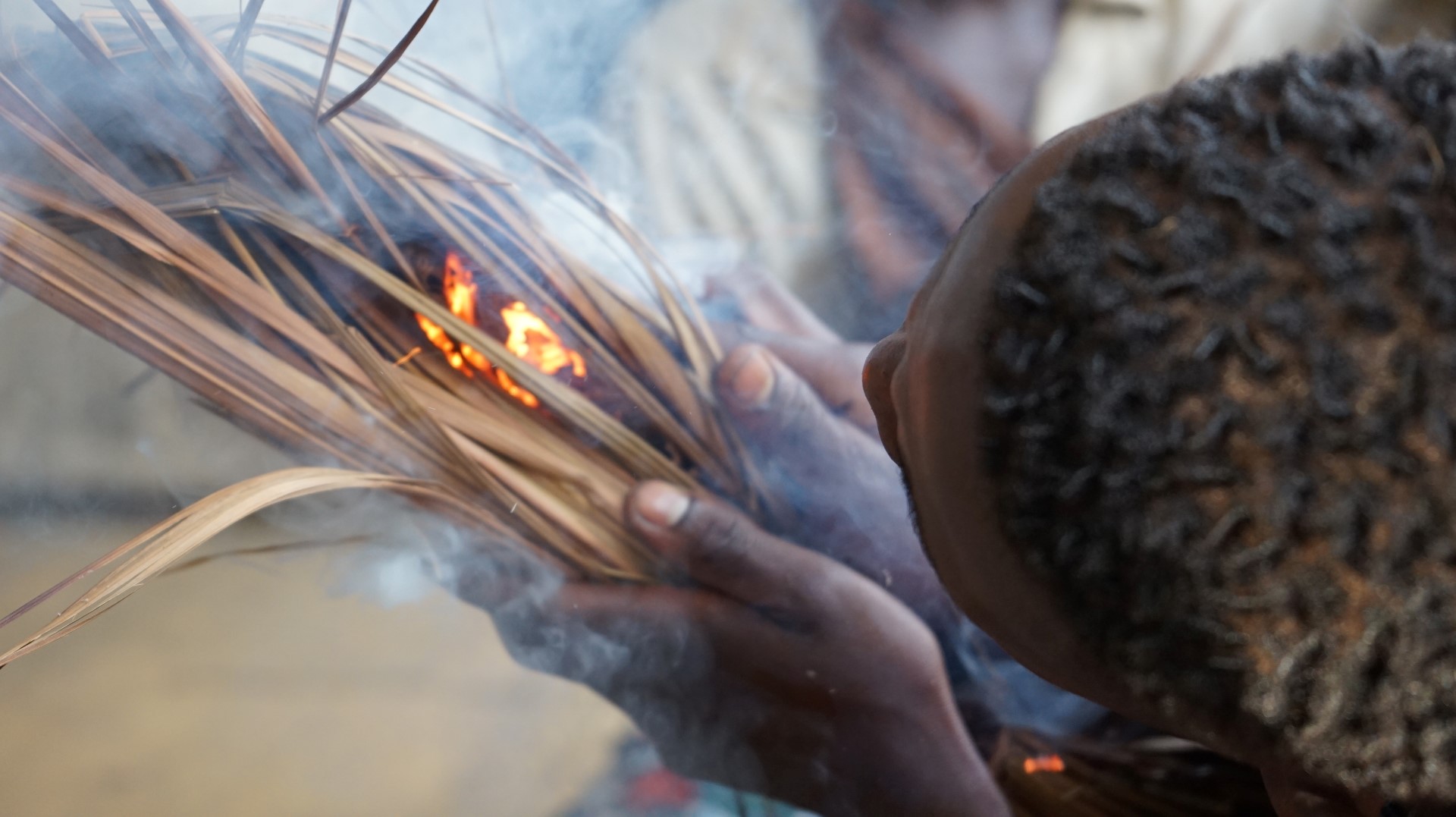Photo Story from Kateryna Tuzhyk 2023 1st
Different aspects of farming in Uganda in respect to economic, environmental and biodiversity issues
Kateryna Tuzhyk, Ph.D.
Weihenstephan-Triesdorf University of Applied Sciences
Farming in competition with biodiversity and environment
Kinkiizi county (Uganda) is close to the Bwindi Impenetrable National Park. It is inhabited by a population of about 459 individual mountain gorillas (Gorilla beringei beringei), known as the Bwindi population (Bwindi Impenetrable National Park, 2023), which makes up almost half of all the mountain gorillas in the world. Gorillas are living in rain forest. People are increasing farming acreage in the area. The picture shows former rain forest area which is now used for farming. On the picture only one big tree of the former forest is left. There is a huge challenge for the government to balance needs of people and preservation of biodiversity and environment. Therefore government together with international organizations supports the tourism development in the region to give income connected with preservation of the original environment.

Nutrition and cooking facilities of rural people
Still all over the villages people are cooking on the open air fire that has also negative effect on the forest cutting and air pollution. Even more, people in villages still have a lack of food and problems with nutrition balance for children.
Picture 2 made in Buhoma village (Uganda). Nov. 2022
Lake Katwe, Dec. 2022
In Lake Katwe (Uganda) local people produce salt like it was done since hundreds of years without using any modern technology. The shores of the lake are lined with small ponds or pans of water from which salt is extracted from the bottom in a process called salt panning (Global Nature Fund).
People doing this work face serious health problems due to the high level of content of salt and additional aggressive substances and not having any protection. Nevertheless, they continue since they have no other source of income.
Agrobiodiversity: Local breed Ankole Longhorns of Uganda April, 2023
Extinction and loss Uganda is at risk of losing the valuable Ankole Longhorn species. With intensions to increase productivity, state policies encourage livestock farmers to upgrade local genotypes towards high yielding exotic dairy cattle. Akole Longhorns are one of the oldest indigenous cattle breeds of Uganda. They have striking, long, large-diameter horns, which assist their blood circulation and help keep them cool during hot temperatures. They are renowned for their hardiness, which allows them to forage on poor quality vegetation and live off limited amounts of water (Katushabe, 2017).
Along with the loss of the Ankole Longhorns, cultural traditions and indigenous knowledge about animal breeding are also disappearing (Kabi et al., 2015).
Dairy farming in Tooro county (Uganda) April, 2023
Dairy is becoming an interesting source of incoming for farming. Still mechanization and more precise knowledge is missing. The access to simple machine milking systems opens a pathway to make farming economically attractive.
The local milk factory in Fort Portal (Uganda) April, 2023
To build complete value chains are necessary to make agriculture economically attractive. The Tooro region has been facing a challenge with milk production and sustainability during the dry season. Also it was struggling to maintain the quality of milk that would last for only three days forcing the cooperative to sell it at lower prices to mitigate losses (Micheal Kasaija, The cooperative society’s manager of Tooro Dairy Cooperative). Tooro Dairy Cooperative Society Limited has received an ultra-high temperature machine worth about Shs1 billion (approx.. 250.000 EUR), under the national programme Operation Wealth Creation for value addition and to overcome the mentioned restrictions. Through value addition, the household income of the farmers in the region could be improved because milk prices could be increased by Shs 300 (around 0,7 EUR) (Atuhaire & Atuhaire, 2022).
Picture 6 shows the collecting, processing and selling point of the cooperative.
The local milk factory in Fort Portal (Uganda) April, 2023
Picture 7 shows fresh milk to be bought at the selling point.
Farmers’ access to the information and to the interesting markets November, 2022
Still access to market possibilities and access about market prices are limiting the agriculture development. Having a market place at a major road offers advantages in this context. The picture shows a trade woman sitting at the road from Fort Portal to Kampala (Uganda).
Agroecology as a best practice of farming in food transformation April, 2023 Uganda
Agroecology as a best practice of farming in food transformation April, 2023 Uganda
Agroecological farming gains increasing attention also in remoted African areas. The understanding that there is a huge demand to balance economic profitability environmental protection and biodiversity leads to the development of new farm types.
Clovis Kabaseke, a lecture of the Mountains of the Moon University (Uganda) has developed this idea over the last decades and founded his agroecological Triple-F farm. The main idea of the farm is to show the importance of agroecological diversity, and the need to move away from single-use monocultured landscapes towards multifunctional ones, in order to support both biodiversity and healthy diets, which is also pronounced by CGIAR.
It is convincing example for successful combination of economic and environmental progressive farming.
